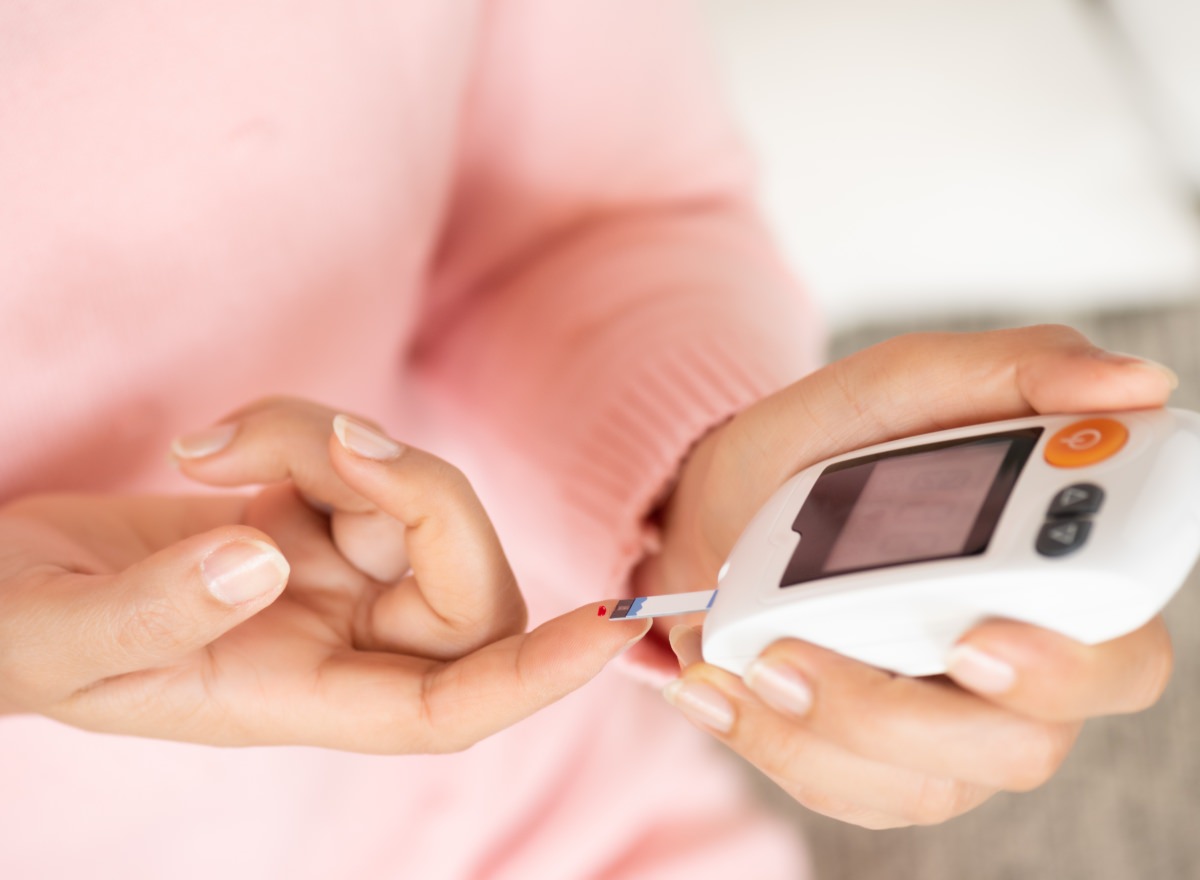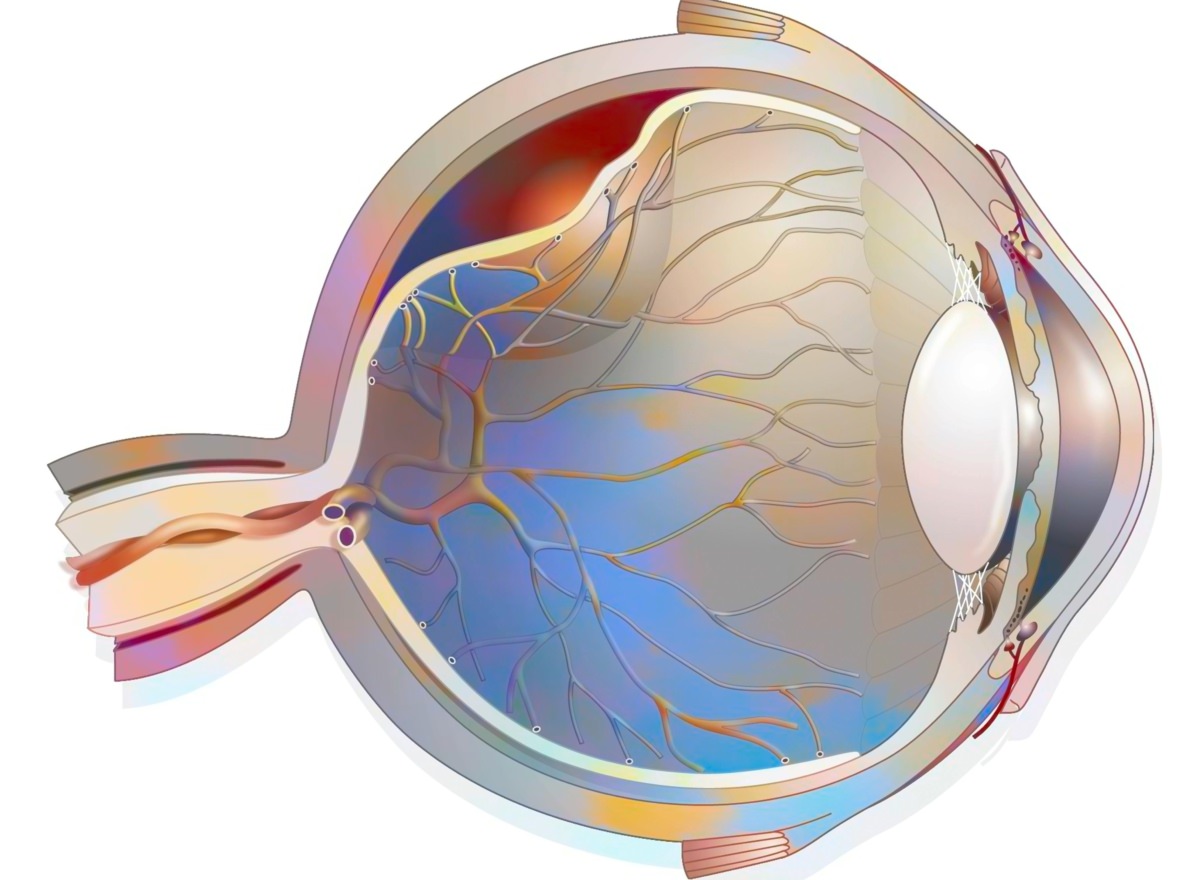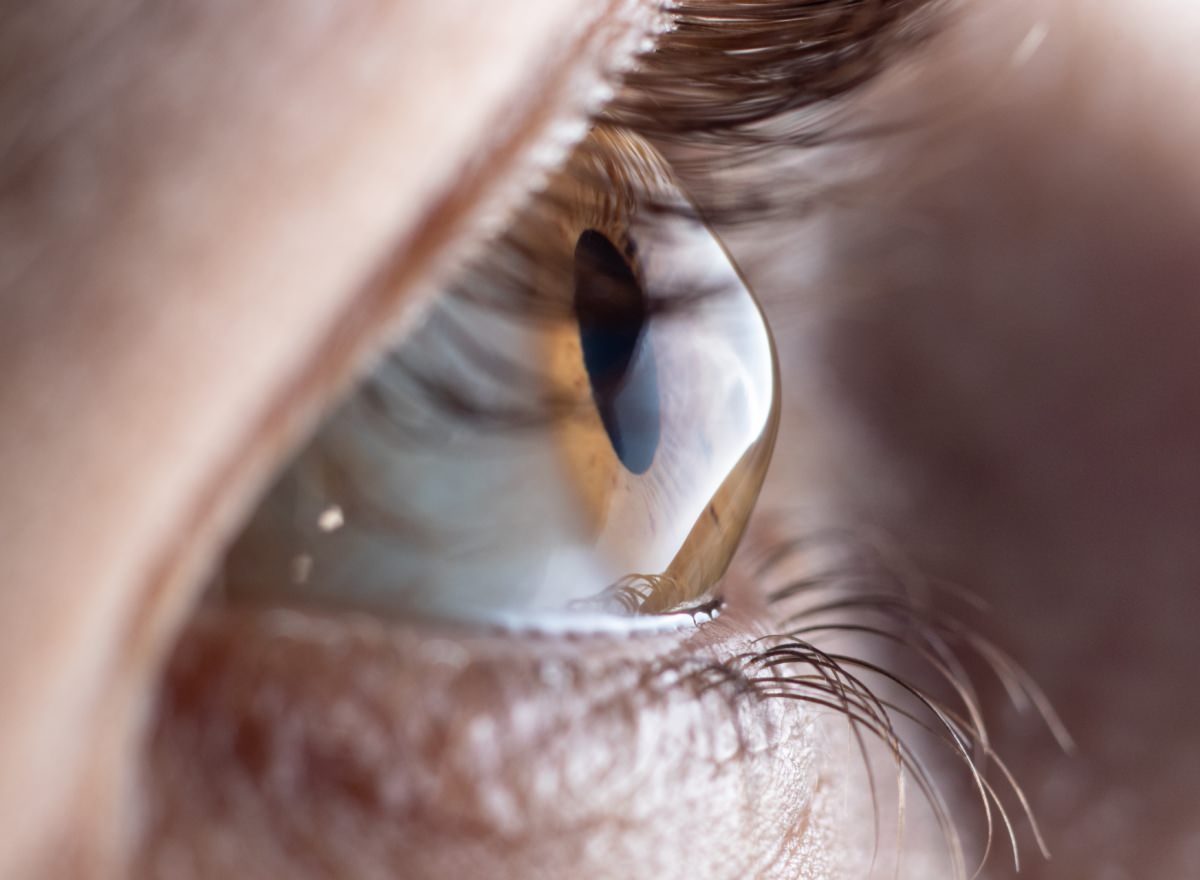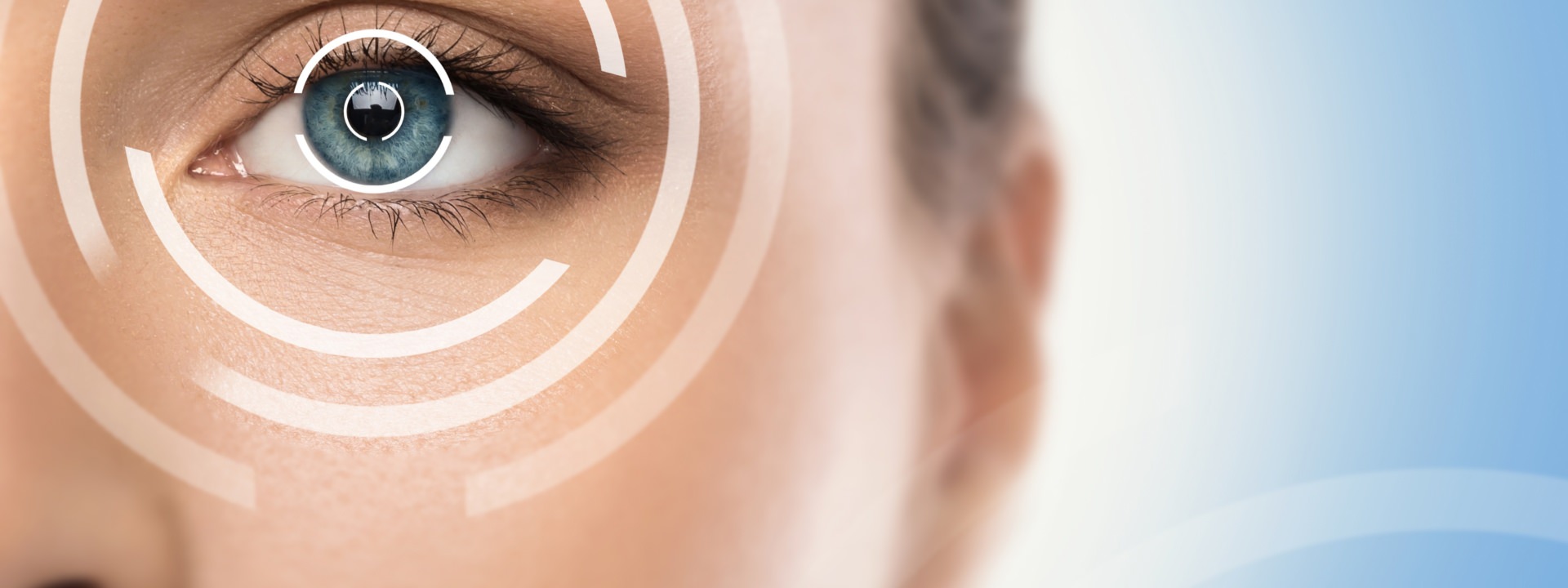
Dry Eye
Dry eye is one of the most common eye problems, which can lead to significant disturbance of well-being. The causes are manifold, age-related decreased tear production, hormonal factors, screen work, various medications , environmental factors, etc. The treatment of dry eye is just as varied. The spectrum ranges from various eye drops with different points of application in the eye to oral medications, insertion of tear duct implants and surgical procedures.


Diabetic retinopathy
Diabetes Mellitus is one of the main causes of vision deterioration and the most common cause of blindness in the Western world. Due to the altered metabolic balance in the body, the function of the vessels in the eye is impaired. This leads to hemorrhages, leakage of fluid from the vessels to the formation of new abnormal vessels, which can ultimately lead to loss of vision if left untreated. Close monitoring and optimal adjustment of blood sugar, blood pressure and other metabolic parameters, as well as timely initiation of therapy on the eye, can significantly minimize this risk.


Posterior vitreous detachment
With age, there is a change in composition in the vitreous, which is a jelly-like transparent substance between the lens and the retina. The vitreous adheres to the retina in some places and may lift from the retina, as it liquefies with age. Patients noticed this in the form of flashes, freshly appeared "mosquitoes" or " spider web" in the eye.
Since the vitreous has some attachment sites with the retina, tearing of the retina may occur as part of this process. Therefore, it is of particular importance to consult your ophthalmologist when these symptoms occur. However, this process can last from a few days to a few weeks. Therefore, regular check-ups reduce the risk of a large retinal tear and development of retinal detachment.


Retinal detachment
The main cause of retinal detachment is defects and tears in the retina. Subjectively, there is the appearance of flashes, black dots or a "black wall", resulting in impaired vision. If left untreated, this leads to loss of function of the eye. Therefore, when the first symptoms appear, you should consult your trusted ophthalmologist.


Keratoconus
Keratoconus is a degenerative corneal disease that results in thinning and irregular protrusion of the cornea. The disease usually begins at a young age and can progress at varying rates. These patients are usually nearsighted and do not achieve full visual acuity due to the irregular protrusion of the cornea despite the best optical correction. In the early stages, the developing defective vision can first be corrected with glasses and later by fitting dimensionally stable contact lenses. Cornea crosslinking has been available as a new therapy option for several years. This is a "stiffening" of the cornea to prevent the progression of keratoconus. Corneal transplantation is considered when adequate visual acuity cannot be achieved despite contact lenses. Timely diagnosis and regular check-ups allow therapy to be timely and appropriate to the stage of the disease.

